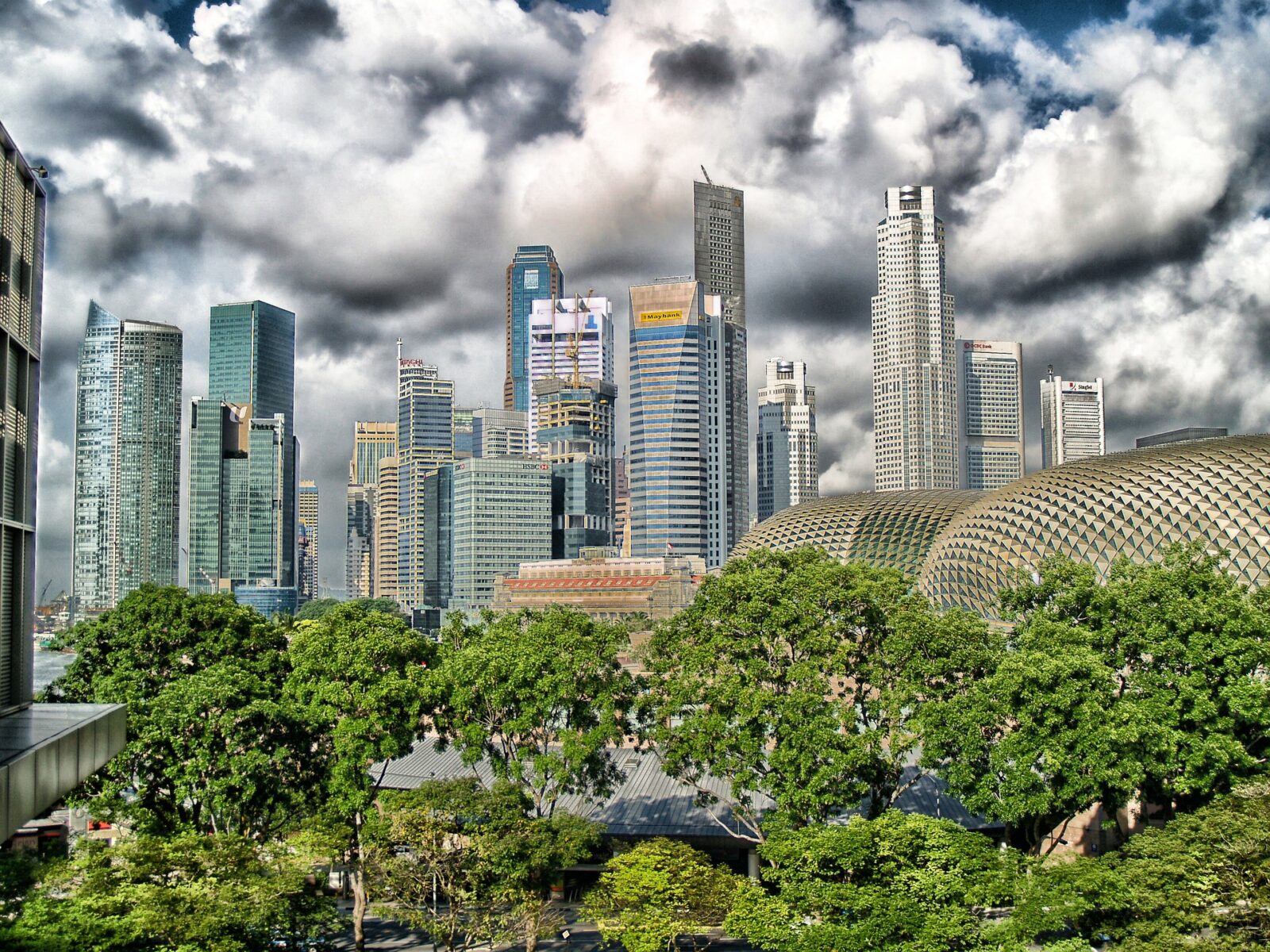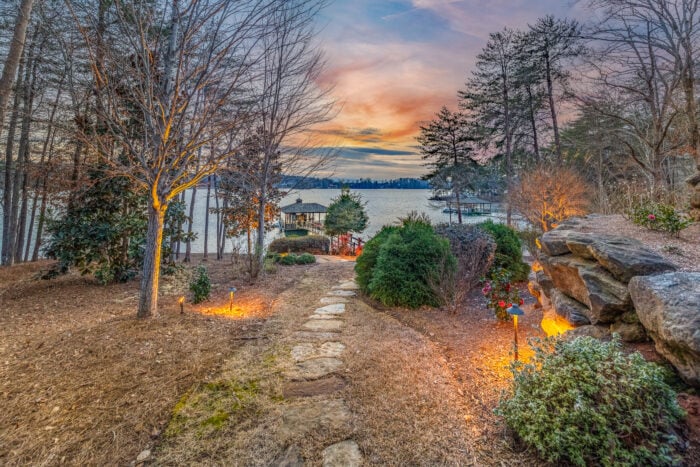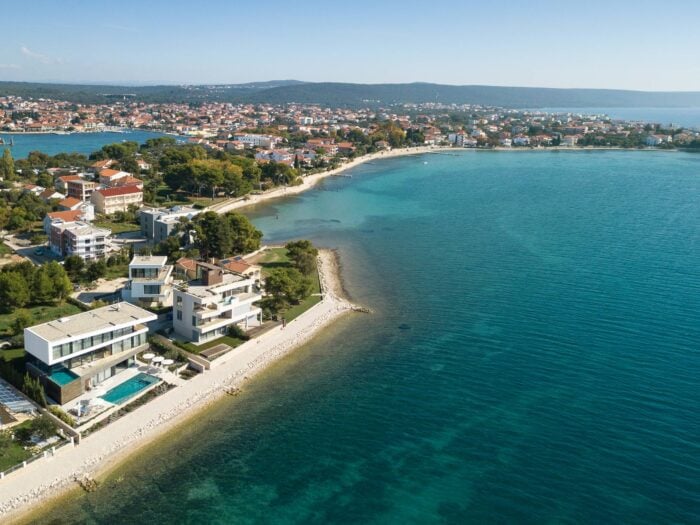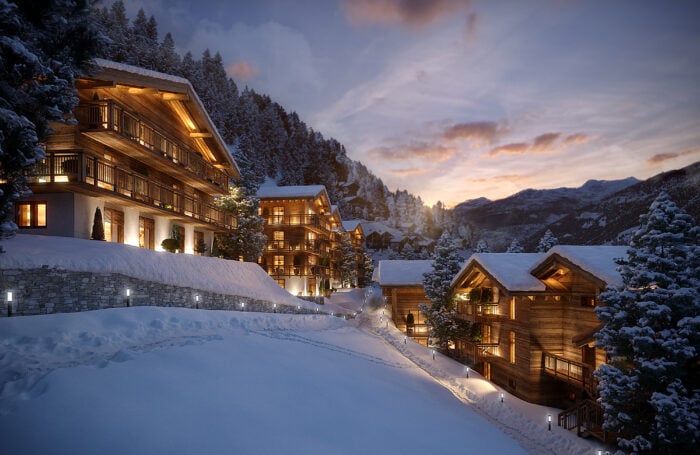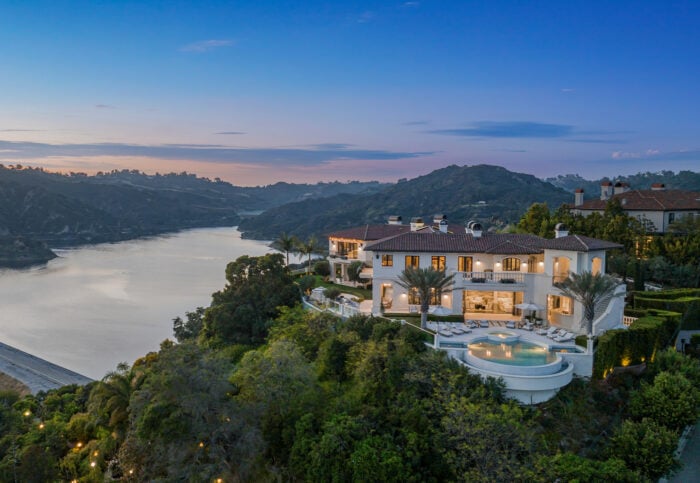Over the last year, more people have joined the exclusive 1% in Singapore than ever before. A trend of building wealth in the country spurs a higher demand for luxury properties as secondary residences.
How much net wealth should you have to join the top 1% in Singapore? The answer may surprise you.
Knight Frank defines high-net-worth individuals (HNWI) in the country as people with at least US $2.9 million of net wealth, the highest threshold in Asia.
The minimum amount doesn’t include their primary residences, which means they have enough disposable income to buy a second or third luxury house in Singapore.
More Wealth Means Higher Stamp Duties
While stamp duty isn’t the only deciding factor for luxury homeownership in Singapore, it causes the biggest dent in an HNWI’s pocket.
The Inland Revenue Authority of Singapore (IRAS) collects buyer stamp duty (BSD) on all property acquisitions. You still need to pay BSD even if it’s your first luxury home purchase.
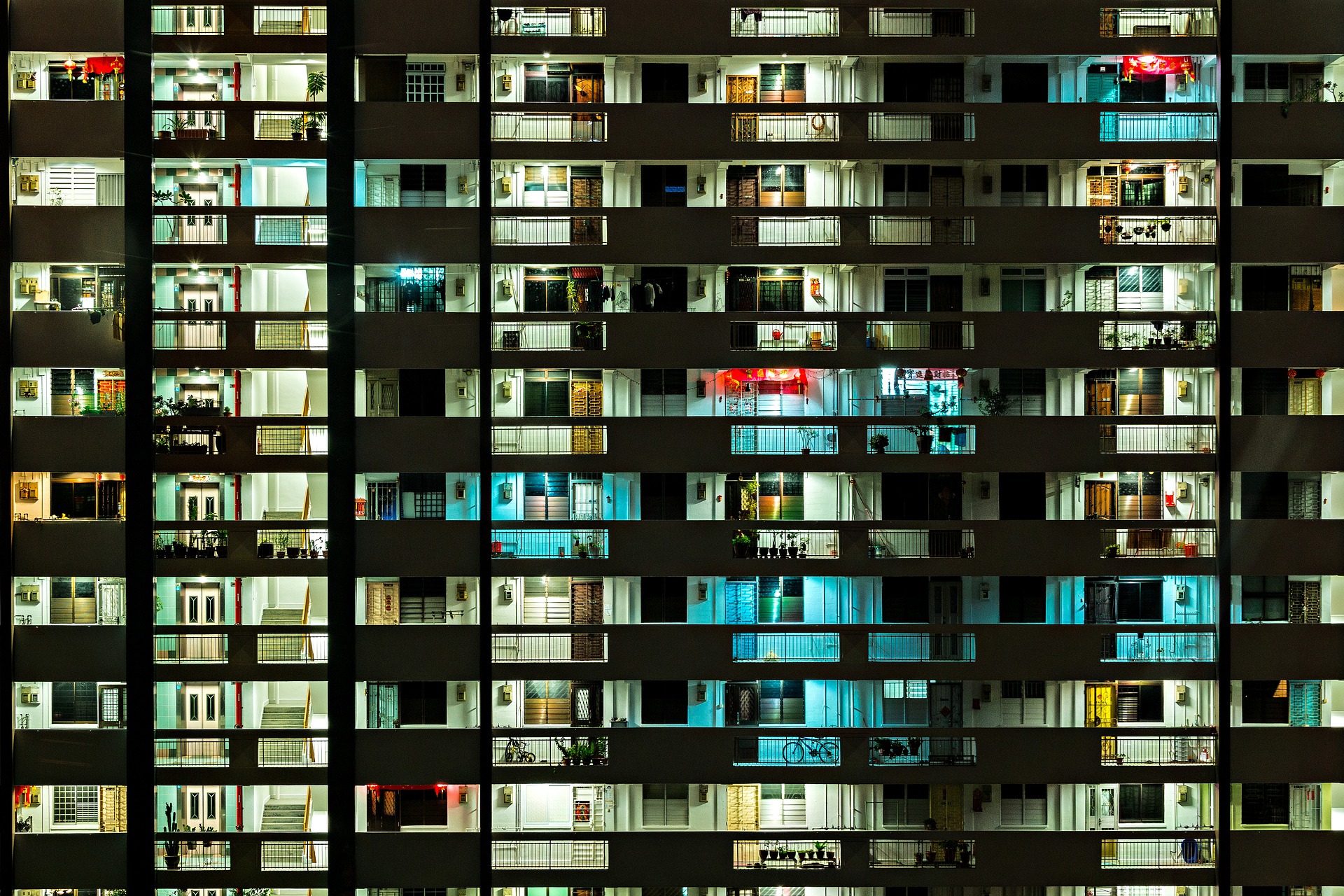
Condominiums in Singapore’s wealthy neighborhoods are popular among investors because the purchase does not require approval from the government.
Prime residential real estate buyers can estimate the BSD by following the standard calculation:
- 1% of the first SGD 180,000
- 2% of the second SGD 180,000
- 3% of SGD 640,000
- 4% of the remaining amount
Remember that BSD depends on a property’s purchase price or market value, whichever is higher. Let’s say you intend to buy a semi-detached house for SGD 9.98 million (US $7.4 million).
Based on the standard formula, you should expect to pay SGD 383,800 for BSD. Recent HNWIs in Singapore will also pay additional buyer stamp duty (ABSD) if they acquire another residential property.
The IRAS’ new ABSD rates apply to residential property transactions on or after Dec. 16, 2021:
Singaporean Citizens
- 17% for second residential property purchase
- 25% for third and succeeding residential property deals
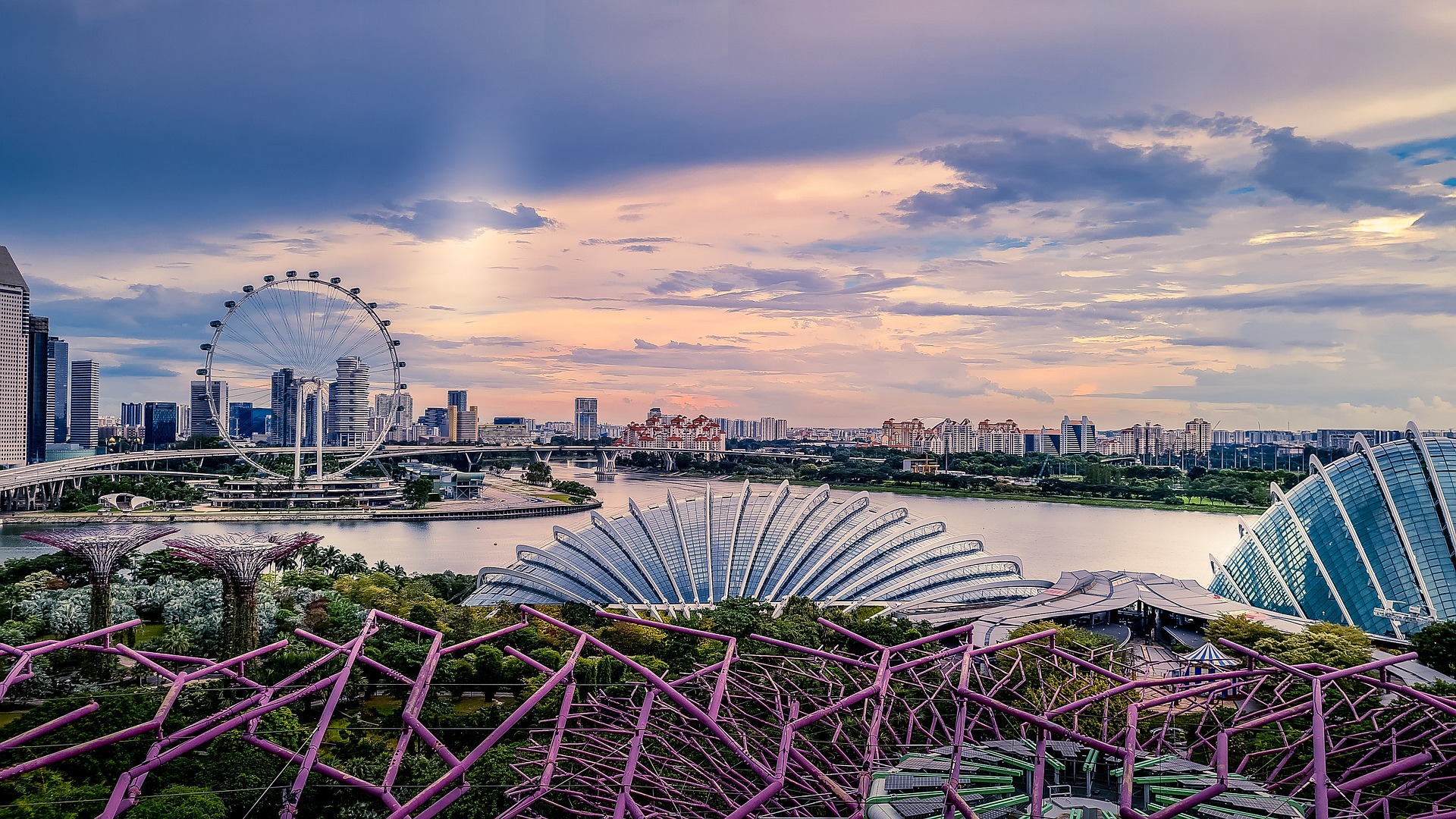
Demand for Singapore’s luxury properties is expected to see continued growth in 2022.
Permanent Residents
- 5% for first residential property
- 25% for second residential property
- 30% for third and succeeding residential property deals
Foreigners in Singapore pay 30% for ABSD whether or not it’s their first residential property purchase.
If you’re a foreigner and you bought a luxury home for SGD 9.98 million, here’s the total stamp duty calculation:
SGD 383,800 (BSD) + SGD 2,994,000 (ABSD) = SGD 3,377,800
The IRAS aims to cool the real estate market by imposing changes to stamp duty rates.
According to the Urban Redevelopment Authority, private home sales comprised 1,547 units in November 2021 excluding executive condominiums. The number represented an almost 70% increase from 911 private properties in October 2021.
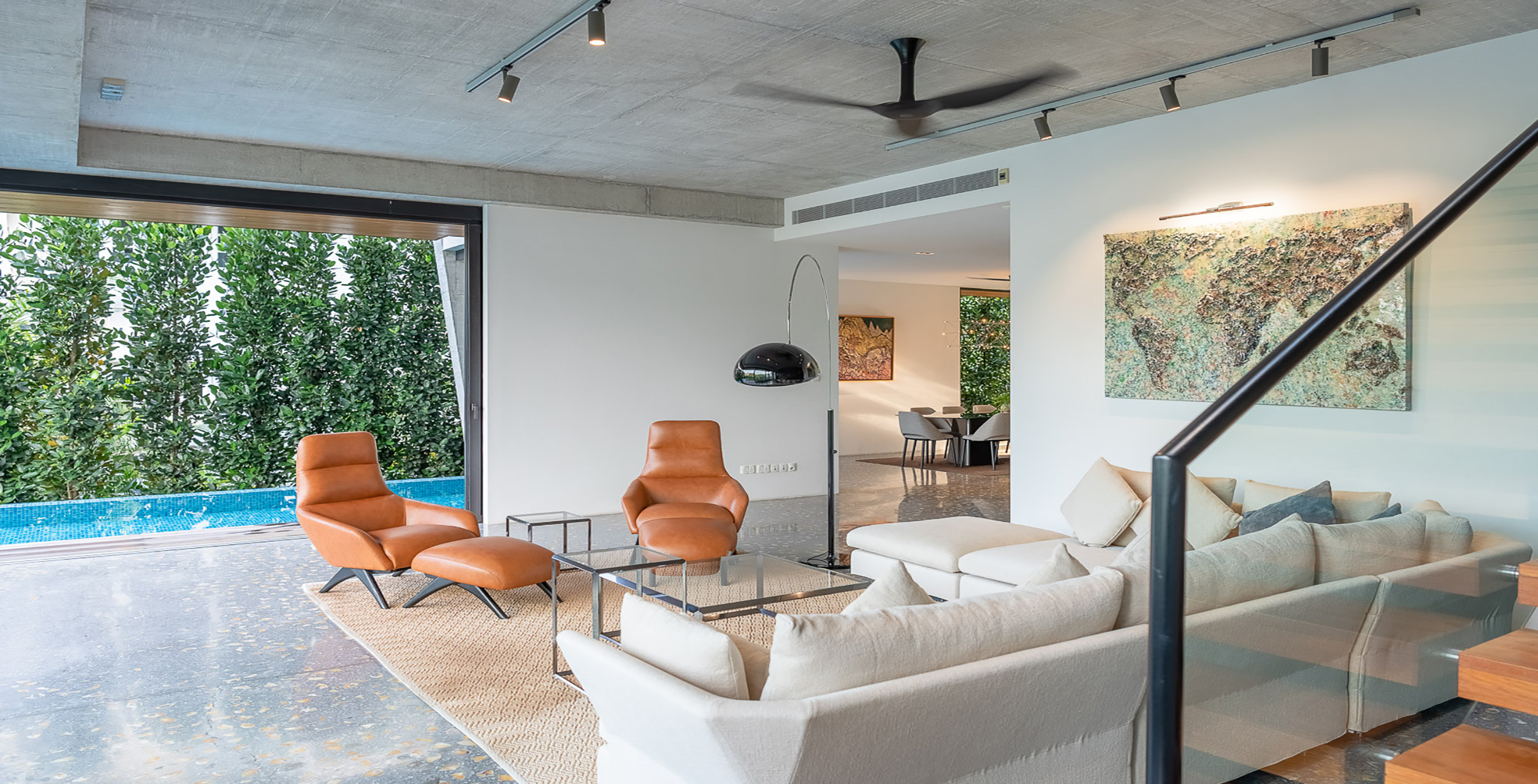
Walls of glass slide away to connect indoor and outdoor living spaces at 29 Greenbank Park, Singapore. (Brilliance Capital)
The Long-Term Expenses For Luxury Properties
Once you’ve dealt with stamp duties for a luxury home purchase, long-term and recurring expenses will be your next responsibilities.
These payments include:
- Home insurance and/or mortgage insurance
- Monthly maintenance fees for private properties
- Real estate tax based on the property’s annual value
If you’ve applied for a mortgage to finance the purchase, most banks will require a mortgagee interest policy. This protects you against loan default in case of a fire-related event.
The Singaporean government doesn’t obligate private homeowners to get fire and home contents insurance, but these are recommended for all properties.
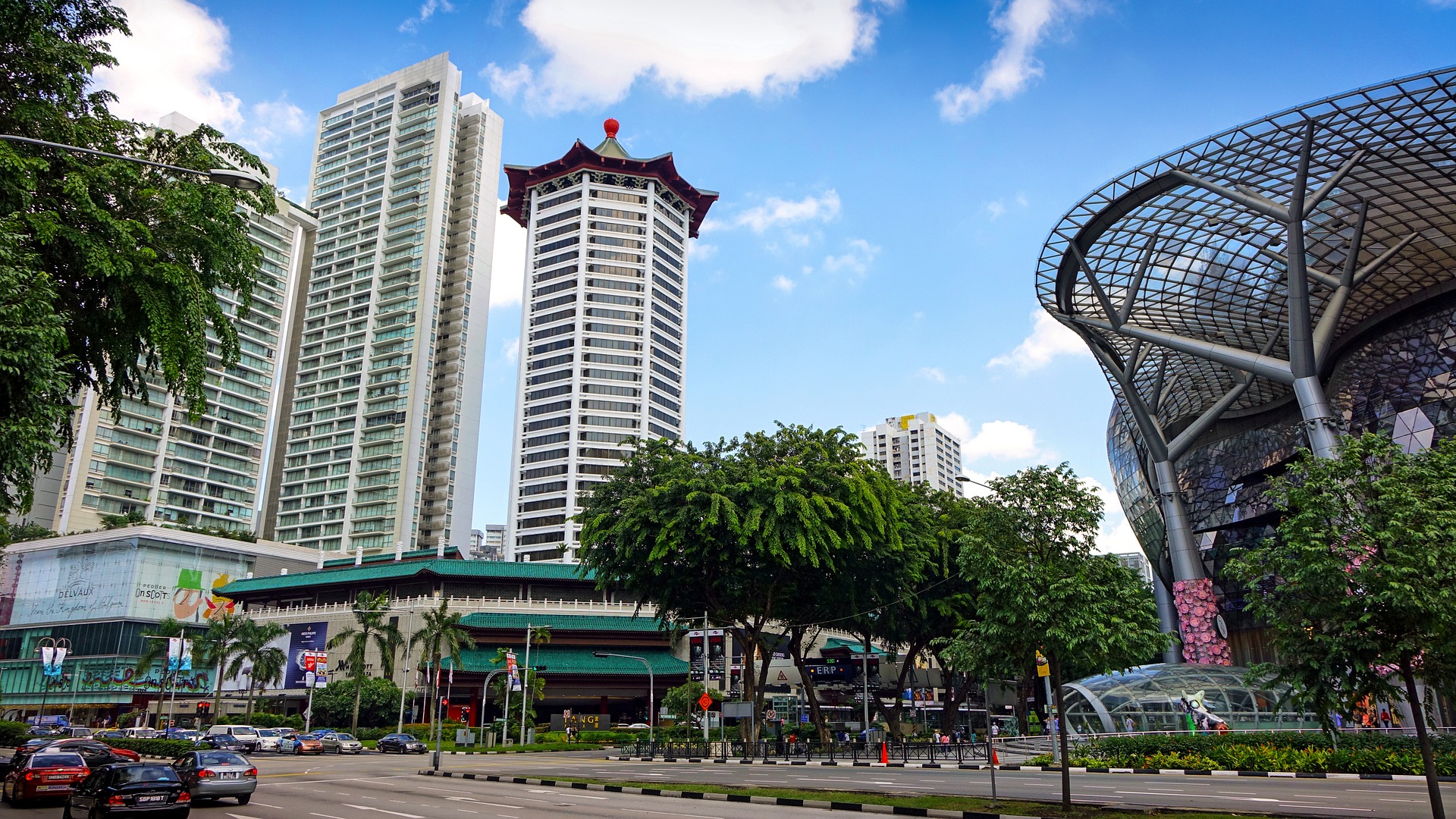
Buyers looking at prime locations such as Orchard Road should expect lots of competition.
Building Wealth Amid Few Luxury Properties
By 2025, Knight Frank predicts more than 387,800 HNWIs in Singapore. Meanwhile, ultra-high-net-worth individuals (UHNWI) would consist of almost 4,890 people.
A person’s net wealth should be more than US $30 million to join Singapore’s ultra-rich society, according to Knight Frank.
Like HNWIs, the minimum threshold for UHNWIs excludes their primary residences. As the wealthy population grows, the supply of prime residential properties dwindles in Singapore.
In 2021, Knight Frank listed only 10,416 homes that can be considered prime real estate in the country. The limited supply indicates higher prices in the foreseeable future.
The same scenario has begun in other Asian markets such as Hong Kong, where a battle for exclusivity has taken place.
